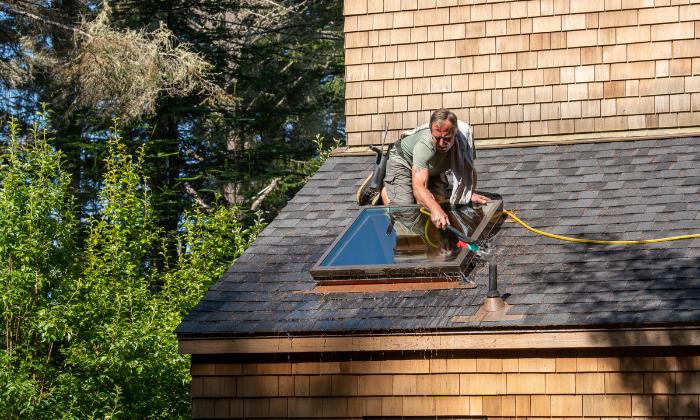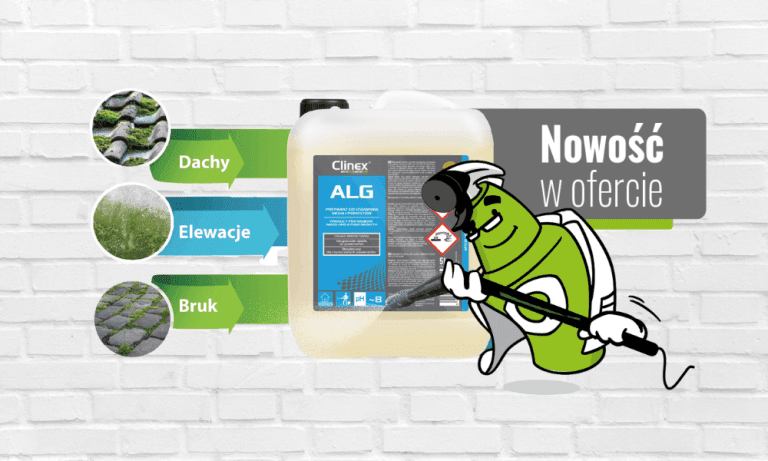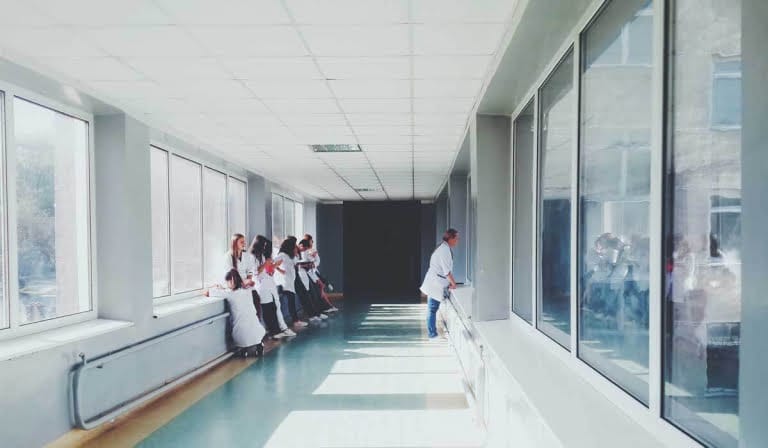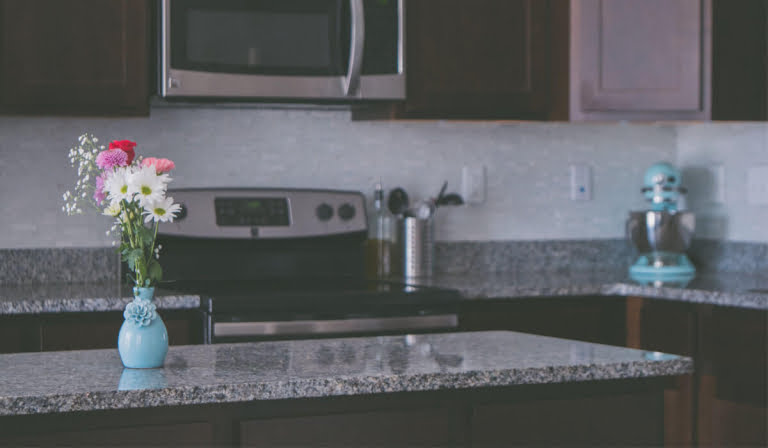Working at high temperatures is a serious challenge for employees of cleaning companies. Prolonged exposure to heat can lead to serious health problems such as heat stroke, heat exhaustion and dehydration. This guide aims to present occupational health and safety rules in such conditions and to provide practical tips that can help prevent the risks associated with working at high temperatures.
Hazards associated with working at high temperatures

First of all , working outdoors at high temperatures can lead to heat stroke. This is extreme overheating of the body, such a stroke can be fatal. Heat exhaustion, which manifests as intense sweating, nausea and dizziness, is another serious condition that results from excessive loss of water and salt. Dehydration, caused by insufficient fluid intake, disturbs the body’s electrolyte balance and leads to weakness. Long-term exposure to the sun can cause sunburn, increasing the risk of skin cancer. Additionally, working in the heat can lead to decreased concentration, which increases the risk of accidents and injuries.
Recommendations for workers when working at high temperatures

When working at high temperatures, cleaning workers should drink water regularly to prevent dehydration. Wearing light, airy clothing in light colors will help maintain thermal comfort and protect against the sun. It is important to wear hats and sunglasses to protect your head and eyes from UV radiation. Employees should also use sunscreen on exposed body parts to avoid sunburn. Regular breaks in the shade or cool places will help lower your body temperature and regenerate.
Avoiding the heaviest work during the hottest hours of the day, i.e. between 11:00 a.m. and 4:00 p.m., is key to minimizing the risk of overheating. It is also a good idea to rotate employees so that everyone has the opportunity to rest in a cooler place. Be aware of the symptoms of overheating, such as dizziness, nausea, and rapid pulse, and stop working immediately if they occur. It is also important that employees are trained in first aid in the event of heat stroke or heat exhaustion. Following these recommendations will help keep workers safe and healthy when working outdoors in high temperatures.
What shouldn’t you do in the heat?
When planning cleaning work, it is worth planning it well to avoid high temperatures. Why so? Working at high temperatures poses difficulties. However, it is worth remembering that high temperatures do not only mean working outside. Finally, high temperatures can also occur, for example, in catering establishments – near ovens.
Working at high temperatures itself may have a negative impact not only on the health of employees. Preparations exposed to high temperatures will be less effective. They can also cause damage . Unfortunately, these can be very expensive. For this reason, it is worth preparing well for any work.
When to perform cleaning work?

It is already known that high temperatures at work are not friendly to cleaning companies. So when should the work be carried out? Cleaning the facade and washing the roof is best done early in the morning or in the afternoon. High temperatures may cause it to dry too quickly, which may mean that the product will not work. Additionally, the surface may be damaged.
When cleaning, you should avoid cleaning heated surfaces. Why is it so important? For example, when applying floor polymerization fluids to heated surfaces, these preparations will dry too quickly and the polymer will not bond properly to the substrate. This means staining, peeling or cracking of the polymer layer. We write more about polymerization in our article on floor protection , where we describe exactly when and how to perform floor maintenance.
The situation is similar when cleaning the oven. Applying preparations to heated oven surfaces is dangerous. This is because the vapors may irritate the respiratory system. For this reason, it is worth waiting until the temperature drops slightly. We write more in the article about cleaning grates, grills and ovens .
What should an employer do?
Cleaning company owners should provide employees with constant access to fresh and cool drinking water, encouraging them to hydrate regularly. It is important to provide regular health and safety training, with an emphasis on the dangers of high temperatures and techniques to prevent overheating. They should also provide appropriate protective clothing, including light, breathable clothing and hats that protect against the sun. Changing your work schedule to avoid the heaviest tasks during the hottest hours of the day will help minimize health risks. Owners should also provide access to shaded or air-conditioned areas where employees can rest and cool down during breaks.
Monitoring weather conditions and informing employees about forecast extreme temperatures is crucial to planning safe work. Rotating employees in the most demanding positions will allow them to rest and avoid overheating. Owners should also provide sunscreen so that employees can protect their skin from harmful rays. It is important to respond quickly to any signs of overheating in employees, providing them with immediate assistance and moving them to a cool place. Regular inspections and maintenance of air conditioning and ventilation equipment in closed rooms will also contribute to maintaining appropriate working conditions.
Summary
Compliance with occupational health and safety rules at high temperatures is crucial for the health and safety of employees of cleaning companies. Regular training, access to drinking water, appropriate work organization and the use of personal protective equipment can significantly reduce the risks associated with working in the heat. However, it is worth remembering that working in such conditions may be harmful to the cleaned surfaces. For this reason, it is worth planning your cleaning work appropriately.
See also:
.jpg)





